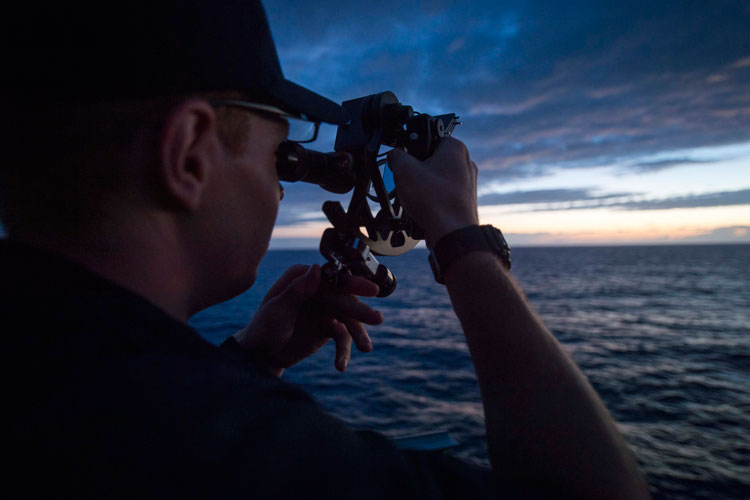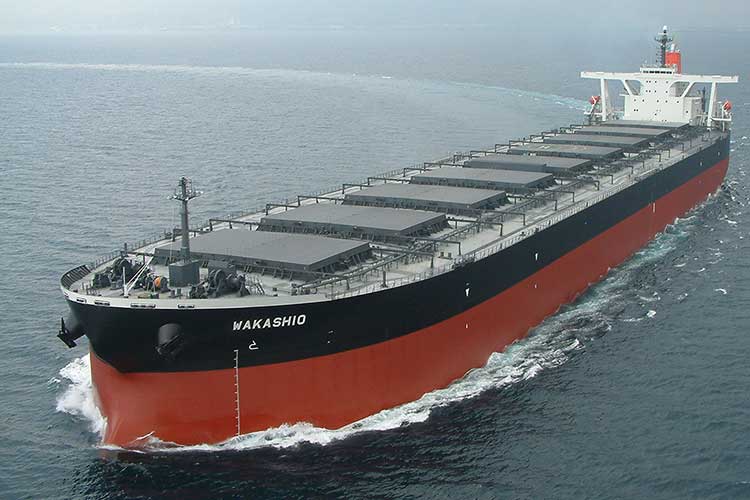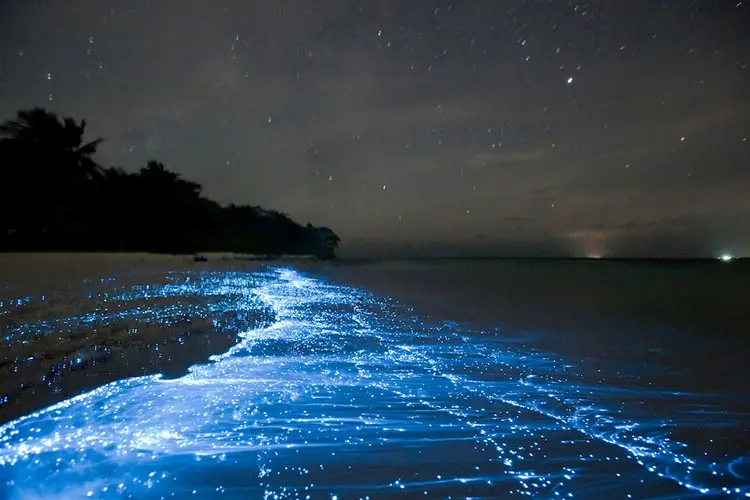What Are Cargo Ships?
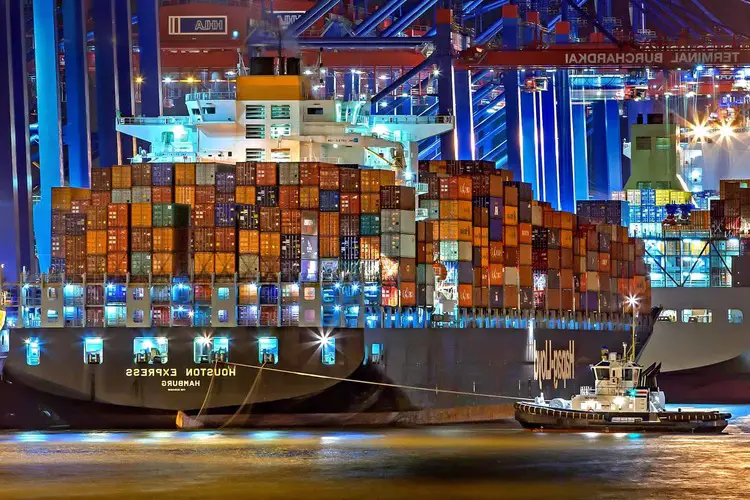
What Are Cargo Ships?
Ships that deal with the transportation of heavy goods and other material from one place to another are known as cargo ships or freighters. Since shipping is the most popular form of transporting goods thousands of them sail the seas all through the day. They are equipped with a crane and other mechanisms for the loading and unloading of goods. Mostly built from welded steel they can last up to 30 years.
Types of Cargo Ships
Cargo ships can primarily be classified into six different types. This classification is mainly based on the cargo they carry. They are as follows: cargo vessels, multi-purpose vessels, dry bulk carriers and tankers, container ships, and reefer ships.
1) Cargo vessels
General cargo vessels are mostly used for carrying packaged items like food, water, clothes, footwear chemicals, furniture, machinery, motor vehicles, etc.
2) Multi-purpose ships
As the name suggests are used for transporting a variety of cargo.
3) Bulk carriers
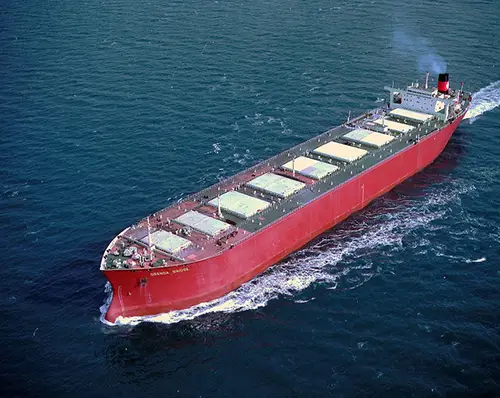
These are basically merchant ships that are designed to carry unpackaged bulk cargo like grains, coal, ore, cement, etc. They have been used for a very long time and currently make up 15% to 17% of the merchant fleets of the world.
Bulk carriers have become more and more sophisticated by the ages maximizing their capacity, efficiency, safety, and durability. They vary in size and the bigger ones can carry 400,000 metric tons of dead weight.
4) Tanker ships
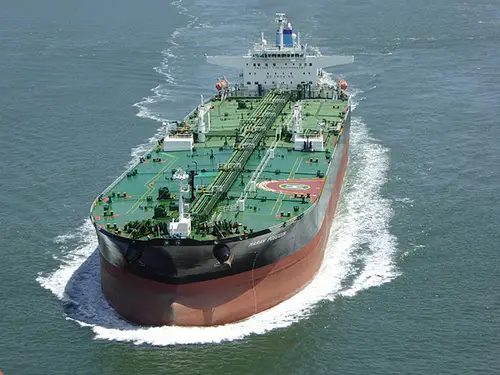
Tanker ships are made for the transportation of stored liquid or gas in huge quantities. The most common tankers are the oil tanker, the chemical tanker, and the gas carrier. Some tankers serve the purpose of refueling other ships. These are known as oilers or replenishment tankers. Tankers have the capacity to carry several hundred tons. Apart from the ocean or sea-going tankers, there are also the ones that operate on rivers and canals with much less cargo, say around thousand tons.
5) Container ships
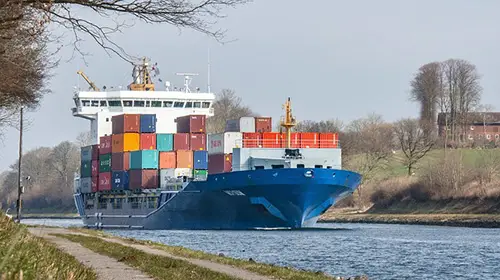
Container ships make use of truck-size intermodal containers. This method of carrying loads is known as containerization. Container ships are responsible for carrying 90% of today’s non-bulk cargo worldwide. They give tough competition to crude oil tankers and bulk carriers.
6) Reefers
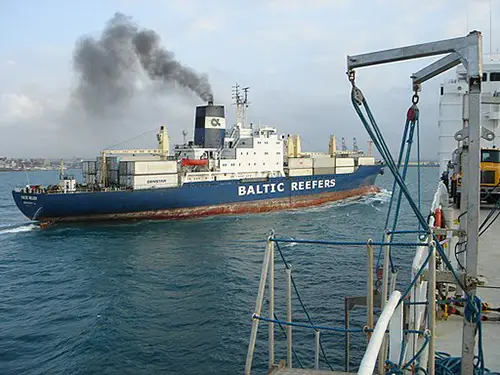
Reefers are just refrigerated cargo ships that carry cargo that can get spoiled if exposed to warm temperature and hence need temperature-controlled transportation. Such commodities are fruit, meat, fish, vegetables, dairy products, and other perishable foods.
Further Classification
Cargo ships can be further classified into liners and tramp ships. Some cargo ships have a fixed route and a routine to follow. They have charged tariffs and are called cargo liners. Vessels that do not follow such schedule are known as tramp ships.
Several users charter them on a contract basis for the transportation of goods. They are mainly used by small shipping companies that do not have enough fleet to run private liner voyages. Some cargoes can also take in passengers and thus any ship that is capable of carrying above 12 passengers in addition to the load that it is already carrying is called a passenger-cum-cargo-liner.
In the past, the sea was not ruled in the same way as the land. Hence, piracy was rampant. The cargo ships were supposed to have been used since the B.C. era, but organized transport came much later. To combat piracy these ships were heavily armed.
Sometimes even combat ships accompanied these ships to protect them from pirates in case there was a huge amount of cargo or if the goods happened to be precious. Thankfully with the waterways coming under jurisdiction piracy is no longer an issue. But what has become an issue is pollution.
Cargo ships run on bunker fuel, or what is commonly known as Heavy Fuel Oil, which contains extremely high concertation of sulfur, higher than diesel. Hence the level of pollution is increasing. As of today, 278 million tonnes of bunker fuel are consumed per year and that number is expected to rise to 500 by the year 2020.



